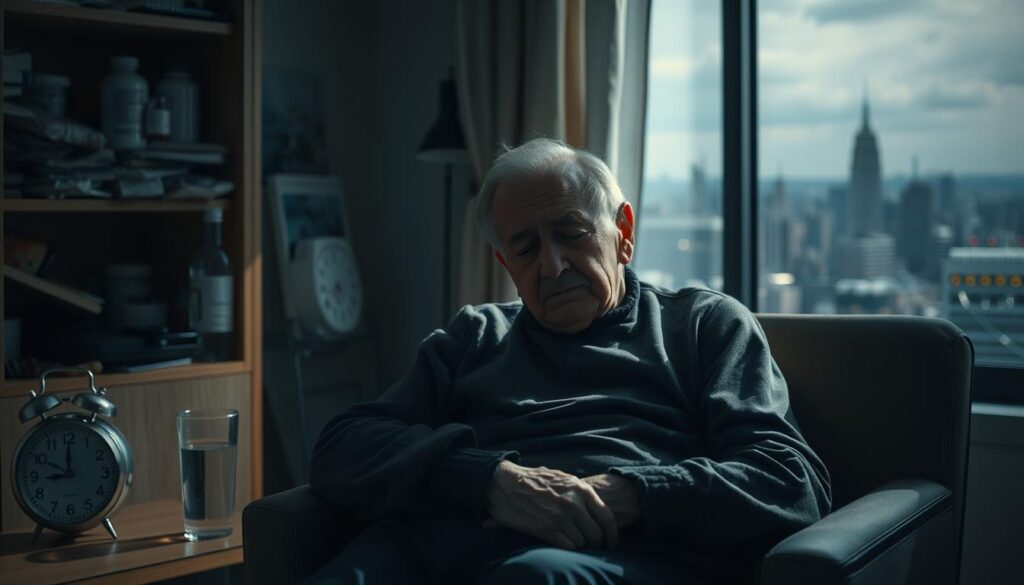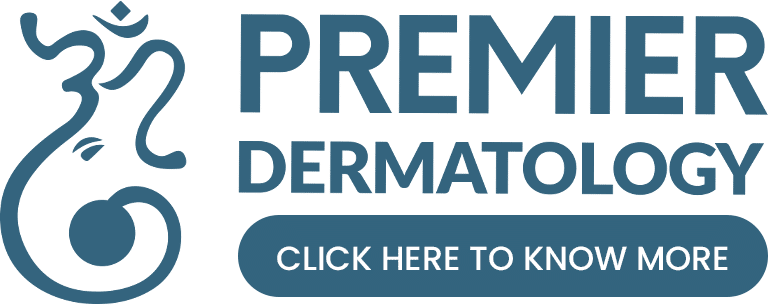Imagine your loved one struggling to stay awake during their favorite afternoon activities. For many families, this scenario feels all too familiar. Take John, a 72-year-old grandfather who once enjoyed late-night movies with his grandkids. Now, even simple tasks leave him drained. His story isn’t unique—millions of older adults face similar battles with unrelenting exhaustion.
Fatigue in aging adults often gets dismissed as “just part of getting older.” But that mindset overlooks deeper issues. Physical changes, emotional stress, and even daily habits can quietly drain energy levels. The frustration of feeling misunderstood—or worse, ignored—adds another layer to this challenge.
This article explores the hidden factors behind persistent tiredness. We’ll look at how medications, diet imbalances, and health conditions like anemia or thyroid issues play a role. You’ll also discover practical strategies to help your loved one regain vitality. Because everyone deserves to enjoy their golden years with energy and joy.
Key Takeaways
- Fatigue in older adults often stems from multiple interacting factors
- Common triggers include medication side effects and nutritional gaps
- Blood-related issues like anemia frequently contribute to low energy
- Lifestyle adjustments can significantly impact energy reserves
- Holistic approaches address both physical and emotional health needs
Recognizing the Signs, Symptoms, and Impact of Fatigue in Older Adults
When coffee stops working and stairs feel like mountains, fatigue has taken root. Recognizing these changes early helps families address energy drains before they worsen. Look beyond yawning—subtle shifts in daily patterns often reveal deeper issues.
Physical Signs and Daytime Sleep Patterns
Excessive nighttime sleep paired with daytime naps often signals trouble. Muscle weakness might show as avoiding walks or struggling with grocery bags. Other red flags:
- Abandoning hobbies like gardening or book clubs
- Taking 20+ minutes to get dressed
- Frequent complaints of “heavy” limbs
Prescription drugs for blood pressure or pain often cause fatigue as a side effect. Chronic conditions like arthritis compound this drain, turning simple movements into energy battles.
Emotional and Cognitive Impacts
Frustration blooms when mental fog hits. A 2023 Johns Hopkins study found 68% of adults with persistent fatigue reported memory slips. Mood swings often follow:
- Irritability during family visits
- Loss of interest in favorite shows
- Uncharacteristic pessimism
Sleep disruptions from medications or apnea worsen these effects. As one nurse practitioner notes: “Fatigue doesn’t just sap strength—it dims the spark that makes life enjoyable.”
What causes extreme tiredness in the elderly
The afternoon slump hits harder as birthdays add up. While some fatigue comes naturally with aging, relentless exhaustion often points to specific triggers. A weak heart struggles to pump oxygen efficiently, leaving muscles starved for fuel. This strain turns routine activities like folding laundry into marathons.
Chronic discomfort plays a stealthy role too. Arthritis or nerve pain forces the body into energy-saving mode. “Pain consumes physical resources like a car idling in traffic,” explains Dr. Lisa Monroe from Mayo Clinic. Limited movement from sore joints then creates a cycle—less activity leads to weaker muscles, worsening fatigue.
Common prescriptions add another layer. Blood pressure drugs and antidepressants frequently list drowsiness as a side effect. Weight fluctuations compound these issues—excess pounds strain the heart, while sudden loss may signal nutrient deficiencies.
Key differences separate normal aging from concerning fatigue:
- Needing rest after gardening vs. skipping meals due to exhaustion
- Occasional forgetfulness vs. daily confusion
- Preferring quiet evenings vs. avoiding all social plans
When low energy disrupts multiple days weekly, it’s time for a full checkup. Blood tests can uncover hidden issues like thyroid disorders or anemia. Addressing these root causes often restores vitality better than extra naps ever could.
Medical and Lifestyle Contributors to Fatigue

Energy drains in later years rarely have just one source. A tangled web of health conditions and daily habits often works together to sap vitality. Let’s untangle these threads to find solutions.
When Treatments Take Their Toll
Medications play a surprising role in energy slumps. Beta-blockers for heart health and sedatives for sleep often list drowsiness as a common side effect. One retired teacher shared: “My blood pressure pills made me feel like I’d run a marathon—just from making breakfast.”
Fuel Matters More Than You Think
Skimping on protein or water creates energy crises. Many older adults develop subtle dehydration from reduced thirst signals. Pair this with carb-heavy meals, and you get blood sugar crashes that mimic chronic fatigue.
Hidden Health Saboteurs
Thyroid imbalances and anemia quietly starve cells of oxygen. A 2023 Cleveland Clinic study found 1 in 4 fatigue cases linked to undiagnosed vitamin deficiencies. Even mild anxiety keeps the body in energy-draining alert mode.
- Pain relievers that cloud mental clarity
- Calcium spikes from parathyroid issues
- Skipping strength training due to joint pain
As nurse practitioner Rachel Torres notes: “We often find three correctable factors when older patients report exhaustion.” Regular checkups and personalized adjustments help restore balance.
Holistic Approaches and Management Strategies

Revitalizing energy in later years requires more than quick fixes—it demands a thoughtful blend of strategies. Combining medical expertise with daily self-care creates lasting change. Let’s explore methods that address both body and mind.
Behavioral, Therapeutic, and Mindfulness Practices
Cognitive Behavioral Therapy (CBT) helps reframe negative thought patterns linked to fatigue. A 2023 study showed 62% of participants reported better energy levels after 8 weeks of CBT sessions. Mindfulness practices like gentle yoga or guided meditation also reduce stress hormones that drain vitality.
Consider Martha, an 81-year-old who regained her love for painting through weekly therapy. “Learning to manage my worries gave me back the focus I’d lost,” she shares. These approaches work best when paired with medical care for underlying conditions.
Exercise, Diet, and Regular Health Monitoring
Small changes create big impacts. A protein-rich breakfast with leafy greens stabilizes energy better than coffee alone. Chair exercises or short walks maintain muscle strength without overtaxing joints.
- Track hydration with marked water bottles
- Use step counters to set achievable movement goals
- Schedule quarterly blood tests to catch nutrient gaps early
Regular check-ins with healthcare providers ensure treatment plans evolve with changing needs. As Dr. Ellen Park notes: “Personalized care is key—what works for one person might need tweaking for another.”
Proactive lifestyle adjustments and professional support services form a safety net against chronic fatigue. Consistency matters more than intensity—even ten minutes of daily stretching or mindful breathing builds resilience over time.
Conclusion
Persistent fatigue doesn’t have to be a permanent companion in later years. While factors like medication side effects and chronic conditions play significant roles, daily habits and emotional health matter just as much. Recognizing shifts in sleep quality or mood helps families intervene early before exhaustion takes root.
Effective management combines medical oversight with lifestyle adjustments. Blood tests can reveal hidden issues like anemia, while tailored exercise plans rebuild strength safely. For those facing depression or loss, counseling often restores motivation alongside physical treatments.
Caregivers play a vital role by tracking nighttime rest patterns and encouraging balanced meals. Small changes—like shorter afternoon naps or protein-rich snacks—make noticeable differences. Communities offering holistic care strategies provide valuable support networks.
Though challenges may surface during restless nights or low moments, sustainable solutions exist. Partnering with healthcare providers creates personalized roadmaps to vitality. With attention to both body and mind, older adults can reclaim the energy needed to enjoy life’s meaningful moments.


